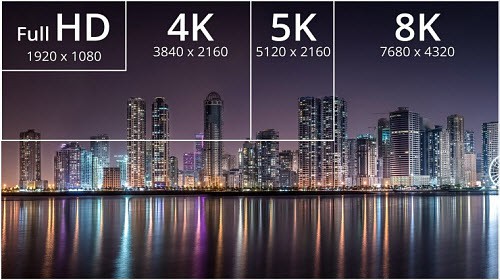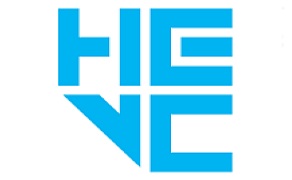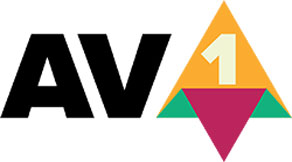AV1
AV1 (also known as AOMedia Video 1) is an open-source, royalty-free video format from the Alliance for Open Media, a group counts big names like Amazon, AMD, Facebook, Google, Intel, Microsoft and Netflix. According to AOM, AV1 achieves gains of 50.3%, 46.2% and 34.0%, compared to x264 main profile, x264 high profile and libvpx-vp9, respectively. It's 30% more efficient than VP9 and 20% than HEVC. Therefore, AV1 was designed to better handle higher resolution videos, being an ideal video codec supporting 8K UHD resolutions.
1. No hardware acceleration
8k supported codecs require large amount of computing power due to their complicated algorithm to hold 7680x4320 pixels at smaller size. For example, AV1 outperforms VP9 by 17.1% in bit rate savings, which requires a huge amount of increase in computational complexity. And compared with HEVC, AV1 will see 3-5x computing energy for decoding and encoding. Initial demonstrations indicated that 200 virtual CPU cores are required to encode and stream one AV1 video channel. Though the requirements are predicated to drop to 8-32 cores. >> AV1 or HEVC, Which is the Better Codec?
HEVC is not a problem because of the support of HEVC hardware support. By offloading the HEVC processing to GPU, the whole process is accelerated without giving too much burden on CPU. On the contrary, there is no GPU acceleration support for the 8K video format AV1, which is encoded and decoded on CPU. In other words, AV1 places high requirements on the hardware level. However, with AMD, Intel and Nvidia all on the list of AOM, AV1 hardware acceleration won't be long (anticipated in 2025).
2. Limited compatibility
AV1 is quite new. Having Google in the Alliance means the easy adoption of AV1 among Android devices. Netflix, Amazon, BBC also guarantee the anticipated spread of AV1 on the video streaming services. But currently, almost all the newer TVs, cameras, mobiles have HEVC built-in, not AV1. Plus, Apple devices seem to involve around HEVC instead of AV1. If the UHD TVs are incapable of dealing AV1, the 8K video file extension can hardly be adopted widely as 8K UHD resolution requires bigger screen. It is anticipated that the codec will reach any platforms by 2025.





















